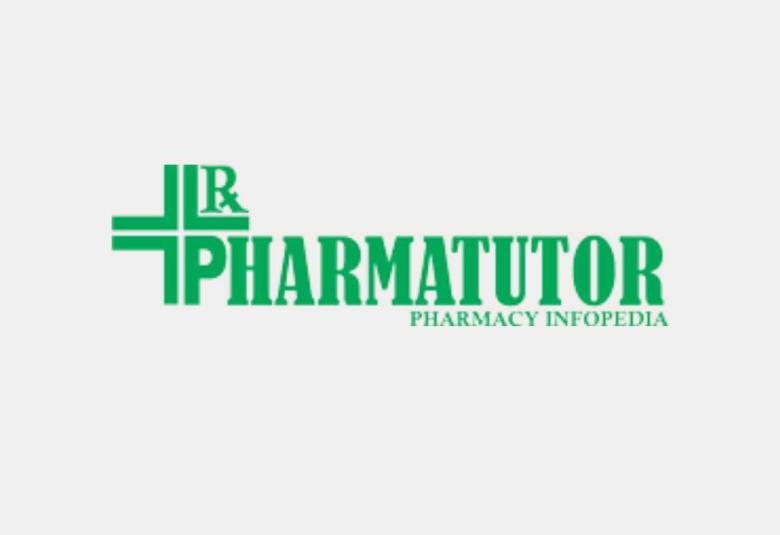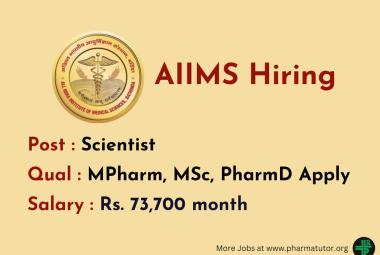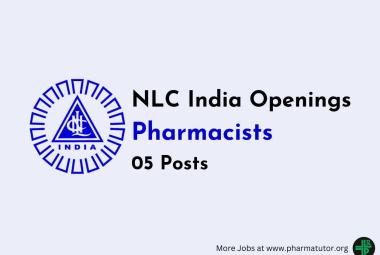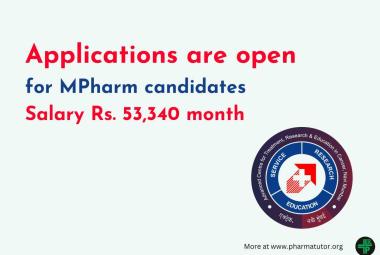REVIEW: TABLET COATING PROCESS
ABOUT AUTHOR
Abhijeet Welankiwar
Govt. College of pharmacy, kathora naka,
Amravati (Maharashtra) 444604
abhi123welankiwar@gmail.com
ABSTRACT:
Tablet coating is the key step involved in the manufacturing of tablets having controlled release, delayed release profiles. The tablet coating have number of advantages like masking odor, taste, color of the drug, providing physical and chemical protection to drug, Protecting drug from the gastric environment. 3 primary components of tablet coating are tablet properties, coating process and coating composition. Tablets are usually coated in horizontal rotating pan with coating solution is either directly poured or sprayed on to them. The amount of coating on the surface of a tablet is critical to the effectiveness of the oral dosage form. Recent trends in tablet coating focuses on overcoming disadvantage of solvent based coating. This article concerns with the coating process, equipments involved, coated tablets evaluation and specialized coating techniques.



 About Authors:
About Authors: ABOUT AUTHORS:
ABOUT AUTHORS: ABOUT AUTHORS
ABOUT AUTHORS About Authors:
About Authors: About Authors
About Authors ABOUT AUTHORS:
ABOUT AUTHORS: About Author
About Author





